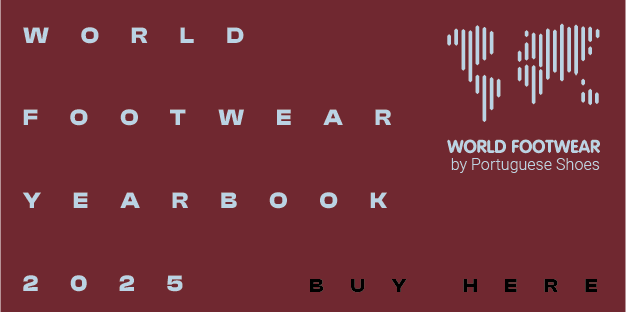Currency fluctuation continues to impact Brazil's exports

According to Abicalçados, the Brazilian Shoe Manufacturers Association, the country’s footwear exports continue to suffer negative impacts from currency fluctuation. Analysis should focus on the volumes sold abroad
Abicalçados highlights that exchange rate fluctuations, especially with the appreciation of the real against the dollar, have had a negative impact on exports as prices of the Brazilian footwear have increased as a result.
According to the same source, in August Brazil exported 9.5 million pairs of shoes, 4.4% less than in the same month last year. In terms of revenue, the number closed at 91.3 million US dollars, up by 4.2%. In the first eight months of the year, a total of 77 million pairs were exported, which generated 699.47 million US dollars in foreign currency, up by 0.5% in volume and by 13.2% in dollars in comparison with the same period in 2016.
According to Heitor Klein, Executive President of Abicalçados, given the currency fluctuations we should be focusing on analysing the volumes exported, as the value oscillates according to the exchange rate: "The costs of the companies are in reais, strong currency. The exchange, at the moment, is harming exports, because our product is about 10% more expensive than the same period of last year, inhibiting international buyers", he explained. According to Klein, competitiveness factors, undermined by the so-called Brazil Cost - which includes a high tax burden, expensive and inefficient logistics, excessive bureaucracy, among others - hamper better performance, especially with the unfavourable exchange rate.
This had a particular impact in exports to certain markets, specially into the US. "The United States, which accounts for almost 25% of the total generated by exports of Brazilian footwear, has been shrinking its purchases every month", commented Mr Klein. Between January and August, the US imported 6.8 million Brazilian pairs, which generated 124.7 million US dollars, decreases of 14.6% in volume and 11.4% in revenues in comparison with the same period of 2016.
The second largest importer of Brazilian footwear is Argentina. Between January and August 6.73 million pairs were exported to Argentina, for which 93.66 million US dollars were paid (up by 11.7% in volume and up by 39% in dollars).
The third largest buyer of the period was Paraguay, which imported 9.28 million pairs for 52.26 million US dollars (down by 4.8% in volume and by 86.4% in revenue compared to 2016).














